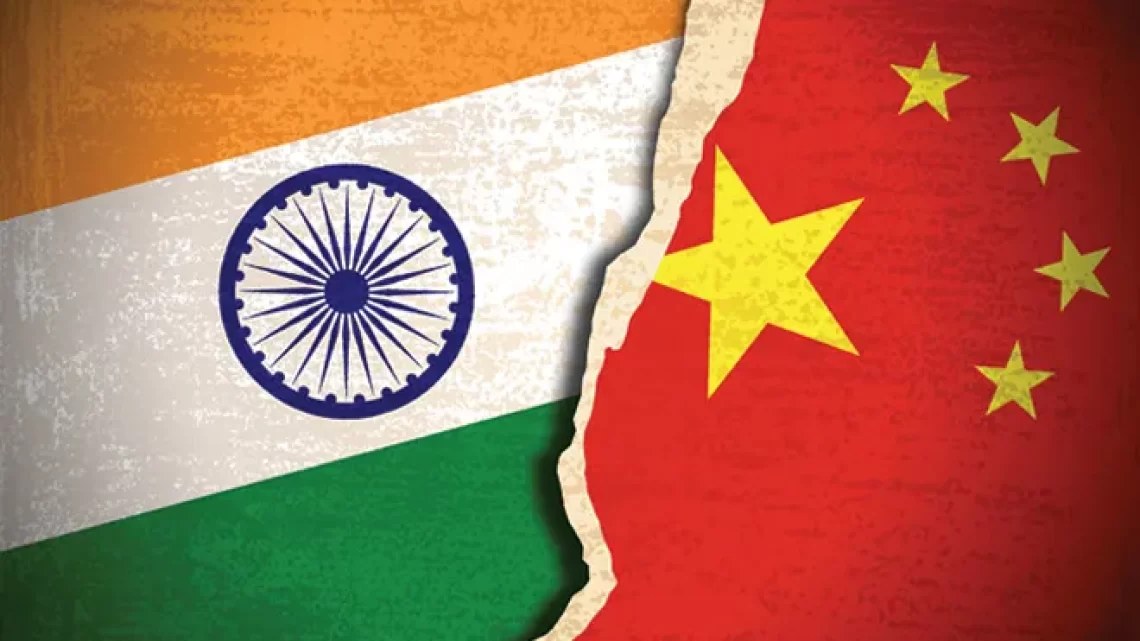
India’s Tibet Policy: A Geopolitical Balancing Act or Provocation to China?
July 1, 2024Recently, a delegation of American lawmakers visited Dharamshala in Himachal Pradesh to meet the Tibetan leader, the Dalai Lama. This visit marks a significant shift in India’s Tibet policy, sparking widespread debate and raising questions about the motivations behind it. The timing of this shift suggests that the Bharatiya Janata Party (BJP) may be attempting to divert attention from its recent poor performance in the general elections by creating a sensational geopolitical shift.
One possible motivation for this policy change is to overshadow the Indian Congress’s celebrations of their larger mandate in the 2024 election. By signaling a readiness to confront China, Prime Minister Modi’s government aims to project strength, even at the risk of provoking friction. Under BJP leadership, India is re-examining longstanding foreign policy endeavors, settled agreements, and issues, marking a potentially risky trend.
India had long accepted the One China policy, acknowledging Tibet as part of China since 1954. However, recent actions indicate a willingness to revisit settled issues. For instance, India has shown intentions to revisit the Kachatheevu island issue, which was settled with Sri Lanka. Additionally, there have been occasional discussions about revisiting the Indus Water Treaty with Pakistan.
India’s strategic involvement with the US in its political arena is another significant aspect of this shift. By aligning with American interests, India signals its capability and willingness to confront China on behalf of the US. This move also aims to leverage US support for India’s bid to secure a permanent seat on the UN Security Council. However, India’s assertive stance towards China appears more focused on pressuring China to settle the border dispute at the Line of Actual Control (LAC) and to rethink its support for Pakistan on Kashmir, rather than a true capability to confront China directly.
China views India’s shifting policies and occasional military ventures with the US through the Quad as provocative. Chinese authorities have expressed displeasure over India’s recent policies on Kashmir. China has established extensive infrastructure in Tibet, including border villages, and has successfully recruited a significant number of Tibetan youth into the People’s Liberation Army (PLA). This recruitment strategy leverages the physical resilience of Tibetan recruits to excel in the harsh mountainous terrain along the LAC, particularly against Indian security forces.
The Indian military has responded with concern, urging US involvement to dissuade Tibetan youth from joining the PLA. However, this reactive approach lacks maturity as a strategic response. India’s sudden shift in Tibet policy under BJP leadership has raised significant concerns, reflecting a desire to divert attention from domestic challenges and assert a more confrontational stance towards China.
BJP’s approach risks unnecessary friction and complicates longstanding agreements, undermining efforts for peaceful coexistence in South Asia. It is crucial for India to refrain from risky foreign policy endeavors, avoid escalating tensions, and focus on constructive dialogue to promote regional peace and prosperity.

